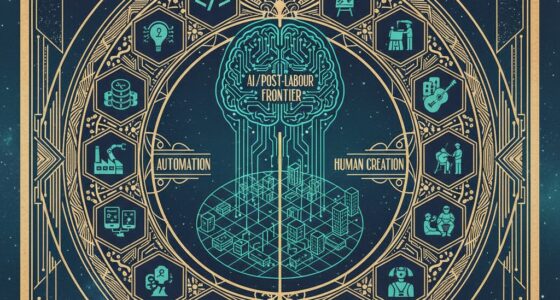As AI begins to underpin the next generation of web browsers, concerns are mounting over privacy, data security, and the unintended consequences of autonomous browsing assistants.
Recent updates from companies such as Google, OpenAI, and Anthropic reveal a clear trend: integrating generative AI models directly into browsers to assist with summarization, search, and workflow automation. While these tools promise convenience, they also introduce new attack surfaces and data-leak pathways.
AI-driven browsers can now interpret context, navigate websites, and fill out forms — a level of automation that was previously the domain of malicious scripts and bots. If misconfigured, these assistants could inadvertently expose user data, share credentials, or interact with untrusted domains.
Security researchers warn that AI agents operating inside browsers are effectively autonomous software clients, capable of executing actions beyond the user’s immediate control. Without clear sandboxing standards and permissions management, an “AI browsing assistant” might become the weakest link in cybersecurity.
Governments and enterprises are now pushing for “agentic safety baselines” — frameworks that regulate AI autonomy, auditability, and transparency. Europe’s upcoming AI Act already references browser-level AI activity logs as part of compliance documentation.
The next frontier isn’t just AI in the cloud — it’s AI embedded in the everyday browsing layer, where privacy meets automation. That’s both a leap forward and a liability waiting to happen.









